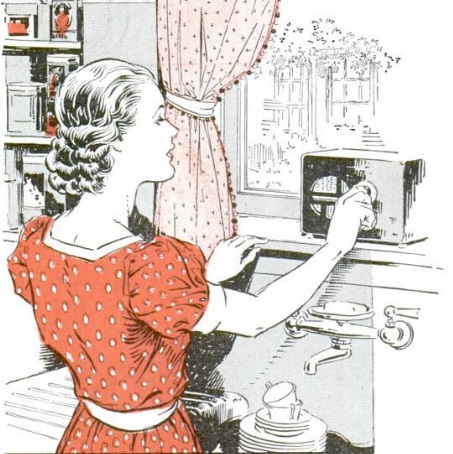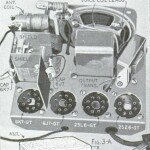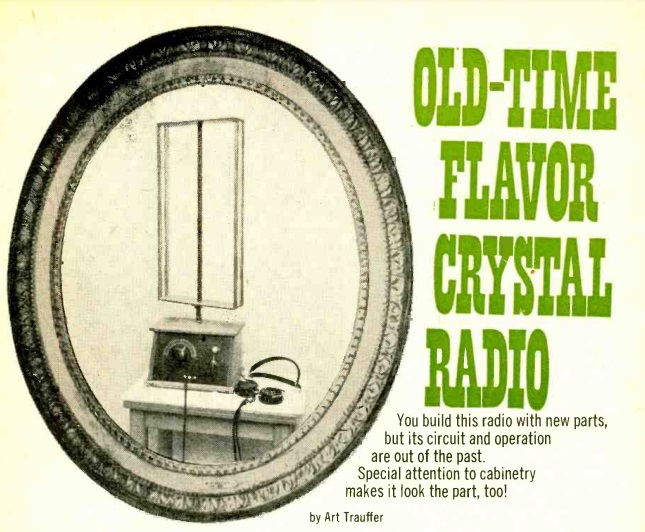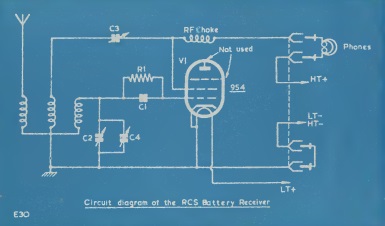
 Canada is not friendly roaming territory for many U.S. cell phones. Some U.S. providers have excellent roaming in Canada, but in many cases, your cell phone is dead weight north of the border. In many cases, you can probably get roaming by calling your provider before you go. But there’s an easier way.
Canada is not friendly roaming territory for many U.S. cell phones. Some U.S. providers have excellent roaming in Canada, but in many cases, your cell phone is dead weight north of the border. In many cases, you can probably get roaming by calling your provider before you go. But there’s an easier way.
My plan doesn’t provide any coverage north of the border. My phone read “emergency calls only,” so I assume I could have called 911. And, of course, I could use it with a WiFi connection. But voice, data, and text service was unavailable. The problem was easily remedied. I stopped at a Walmart (in particular, the North Winnipeg Garden City store), and the helpful friendly staff quickly got me set up with chatr mobile, an affiliate of Rogers Communications. For about $33 Canadian (about US$24), they sold me a SIM card, installed it in my existing phone, and started my prepaid service for one month. I’m sure many other retailers could have helped me, but Walmart seemed the most convenient.
I now have my very own Canadian telephone number, and if I visit Canada again, I can simply use the same SIM card. You won’t be able to receive calls to your U.S. number, but all of your contacts will still be in your phone, and you can call or text, as well as make use of the generous data plan.
Keep your existing SIM card in a safe place, because you’ll need to re-install it when you get back to the United States. The Walmart employees will put in the Canadian SIM card, but you’ll be on your own putting it back. But watch them carefully, and you see that the swap is a fairly easy process. You don’t really need it, but it won’t hurt to get a SIM card removal tool.
You don’t have to change it immediately, since you will still have service in the United States with the Canadian card installed. Minutes after crossing the border back to the U.S., I received a text informing me that they had great roaming options and I should purchase one. However, the phone kept working, and it notified me that even without one, service was available, albeit at rather steep prices. Calls were $1.45 per minute, and texts were 75 cents each. I did use the service for a bit, and had a sufficient balance to do so.
Ironically, in the U.S. border town of Pembina, ND, I had service with my Canadian number, even though I didn’t have service there from my U.S. provider. So I was in no rush to change it. If you want to avoid the hassle entirely, you can bring a second phone with you (perhaps your old one, or a cheap unlocked phone purchased from Amazon). They can install the SIM card in that phone, and you can just use it whenever you go to Canada. Another option is to buy a phone there. They had Android phones starting for about $100 Canadian, although comparable phones would be cheaper in the U.S.
 In Canada, the chatr service was extraordinarily good. I don’t think I encountered a single dead spot, even though I was further north than most Canadians ever venture. I drove from the border to Thompson, Manitoba, which is 473 miles (761 km) north of Winnipeg. But the entire highway had cell phone coverage, even though there were stretches where it was 200 kilometers between gas stations. Looking at the coverage map, I can see that even a few miles off the highway, there would be no service, but I was impressed with the service. Your best bet is to check with the local retailer, whether it’s Walmart or some other store, and get their advice on which service is best for where you will be going.
In Canada, the chatr service was extraordinarily good. I don’t think I encountered a single dead spot, even though I was further north than most Canadians ever venture. I drove from the border to Thompson, Manitoba, which is 473 miles (761 km) north of Winnipeg. But the entire highway had cell phone coverage, even though there were stretches where it was 200 kilometers between gas stations. Looking at the coverage map, I can see that even a few miles off the highway, there would be no service, but I was impressed with the service. Your best bet is to check with the local retailer, whether it’s Walmart or some other store, and get their advice on which service is best for where you will be going.
Prices will vary, but probably won’t be much higher than the $33 I paid. In fact, a few weeks earlier, my son had done the same thing for about $25, and received a $25 Walmart gift card as part of a special promotion. So in his case, the phone service was basically free. If you’re going to be there for more than a month, it might be worth shopping around for price. But for convenience, you can’t beat walking into Walmart and walking out with a phone that’s good for a month of prepaid service.
 Seventy-five years ago, Cordes Electric Co., at the corner of Union and Natural Bridge, St. Louis, MO, discovered a great way to sell televisions–to rent them out. If a customer was on the fence, the store learned that the best way to close the sale was to enlist other family members to convince the customer of the need. To do that, they had to get the set into the house, and they did that by renting 10 inch sets for $10.50 per week. The rental fee could be applied to the purchase of a new set, although this was for a limited time, to encourage a quick decision. In most cases, the customers kept the set, or traded it for a larger model.
Seventy-five years ago, Cordes Electric Co., at the corner of Union and Natural Bridge, St. Louis, MO, discovered a great way to sell televisions–to rent them out. If a customer was on the fence, the store learned that the best way to close the sale was to enlist other family members to convince the customer of the need. To do that, they had to get the set into the house, and they did that by renting 10 inch sets for $10.50 per week. The rental fee could be applied to the purchase of a new set, although this was for a limited time, to encourage a quick decision. In most cases, the customers kept the set, or traded it for a larger model.













